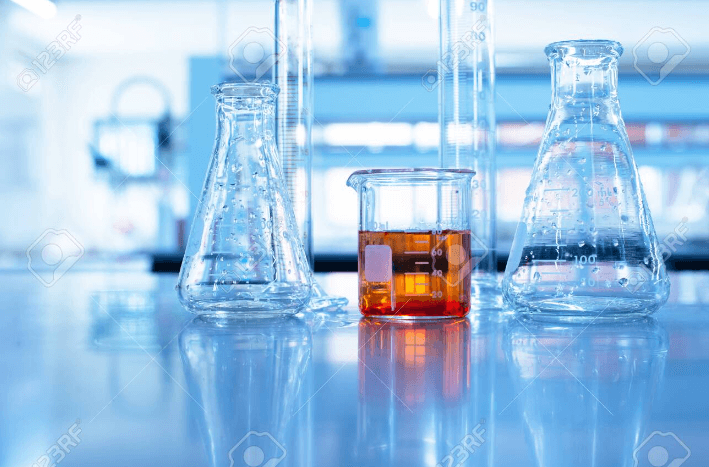
Understanding the Different Types of Chemical Beakers and Their Applications
Chemical beakers are fundamental instruments in laboratories, facilitating a wide array of chemical processes and experiments. From measuring volumes to mixing solutions, these vessels play a pivotal role in scientific research, quality control, and educational settings. This guide aims to provide an in-depth exploration of the different types of chemical beakers, shedding light on their distinct features, advantages, and applications.
Types of Chemical Beakers:
1. Glass Beakers:
Glass beakers are perhaps the most common type found in laboratories worldwide. Known for their transparency, durability, and resistance to chemical reactions, glass beakers are suitable for a wide range of applications. They come in various sizes, typically marked with volume graduations for accurate measurements. Glass beakers are ideal for general mixing, heating, and storing of liquids.
2. Plastic Beakers:
Plastic beakers offer distinct advantages over their glass counterparts, particularly in situations where safety and portability are paramount. Made from materials such as polypropylene or polyethylene, plastic beakers are lightweight, shatterproof, and resistant to corrosion. They are often used in fieldwork, educational settings, and environments where glassware may pose a safety risk.
3. Stainless Steel Beakers:
Stainless steel beakers are renowned for their durability, thermal conductivity, and resistance to corrosion and chemical damage. These beakers are commonly employed in high-temperature applications, such as heating and boiling liquids, as well as in environments requiring stringent hygiene standards, such as pharmaceutical and food laboratories.
4. Graduated Beakers:
Graduated beakers feature volume markings or graduations along the sides, allowing for precise measurement of liquids. These markings are crucial for accurately dispensing and mixing solutions, ensuring reproducibility and consistency in experiments. Graduated beakers are available in glass, plastic, and stainless steel variants, catering to diverse laboratory requirements.
Applications of Chemical Beakers:
- Chemical Analysis: Chemical beakers are indispensable tools in qualitative and quantitative analysis, enabling researchers to measure, mix, and analyze substances with precision.
- Sample Preparation: Beakers are commonly used for preparing samples for analysis, including dilution, extraction, and dissolution procedures.
- Reaction Vessels: Beakers serve as reaction vessels for various chemical reactions, including acid-base reactions, precipitation reactions, and synthesis processes.
- Heating and Boiling: Heat-resistant beakers are employed for heating and boiling liquids, facilitating processes such as evaporation, distillation, and sterilization.
- Storage and Transport: Beakers are utilized for temporary storage and transportation of liquids, offering a convenient and secure vessel for handling samples and solutions.
5. Low-Form Beakers:
Low-form beakers have a shorter height compared to their high-form counterparts, making them ideal for applications where a wide base and shallow depth are preferred. These beakers offer enhanced stability and are commonly used for mixing solutions, storing small volumes of liquids, and performing reactions with minimal splashing.
6. High-Form Beakers:
High-form beakers feature taller proportions, providing increased volume capacity while maintaining a smaller footprint on the laboratory bench. These beakers are suitable for applications requiring larger sample volumes, such as titrations, heating liquids with minimal evaporation, and conducting experiments where splashing is a concern.
7. Griffin Beakers:
Griffin beakers, also known as “tall-form” beakers, are characterized by their straight sides and flat bottoms. They are widely utilized in general laboratory procedures, offering versatility and ease of use. Griffin beakers are available in glass and plastic variants, catering to a range of applications across different industries and research fields.
8. Berzelius Beakers:
Berzelius beakers, named after the Swedish chemist Jöns Jacob Berzelius, feature a conical shape with a narrow neck and a flat base. These beakers are specifically designed for precise measurements and controlled pouring, making them suitable for applications requiring accurate volume dispensing and minimal spillage.
Read also: Staging on a Budget: Cost-Effective Tips for Property Sellers
FAQs (Frequently Asked Questions):
Q1: Can glass beakers be used for heating?
A1: Yes, glass beakers are suitable for moderate heating applications; however, they may be prone to thermal shock if subjected to rapid temperature changes.
Q2: Are plastic beakers autoclavable?
A2: Some plastic beakers are autoclavable, but it depends on the specific material and manufacturer’s specifications. It’s essential to verify compatibility before autoclaving.
Q3: What is the maximum temperature stainless steel beakers can withstand?
A3: Stainless steel beakers can typically withstand temperatures ranging from -196°C to over 1000°C, depending on the grade of stainless steel and specific design features.
Conclusion:
In conclusion, understanding the different types of chemical beakers and their applications is crucial for ensuring efficient and accurate laboratory operations. Whether it’s conducting experiments, analyzing samples, or storing liquids, choosing the right type of beaker can significantly impact the outcome of scientific endeavors. At certifiedmtp.com, we recognize the importance of quality laboratory equipment in facilitating research and innovation. Our extensive range of materials testing equipment includes a variety of beakers to meet diverse laboratory needs, ensuring reliability, accuracy, and safety in every experiment.




